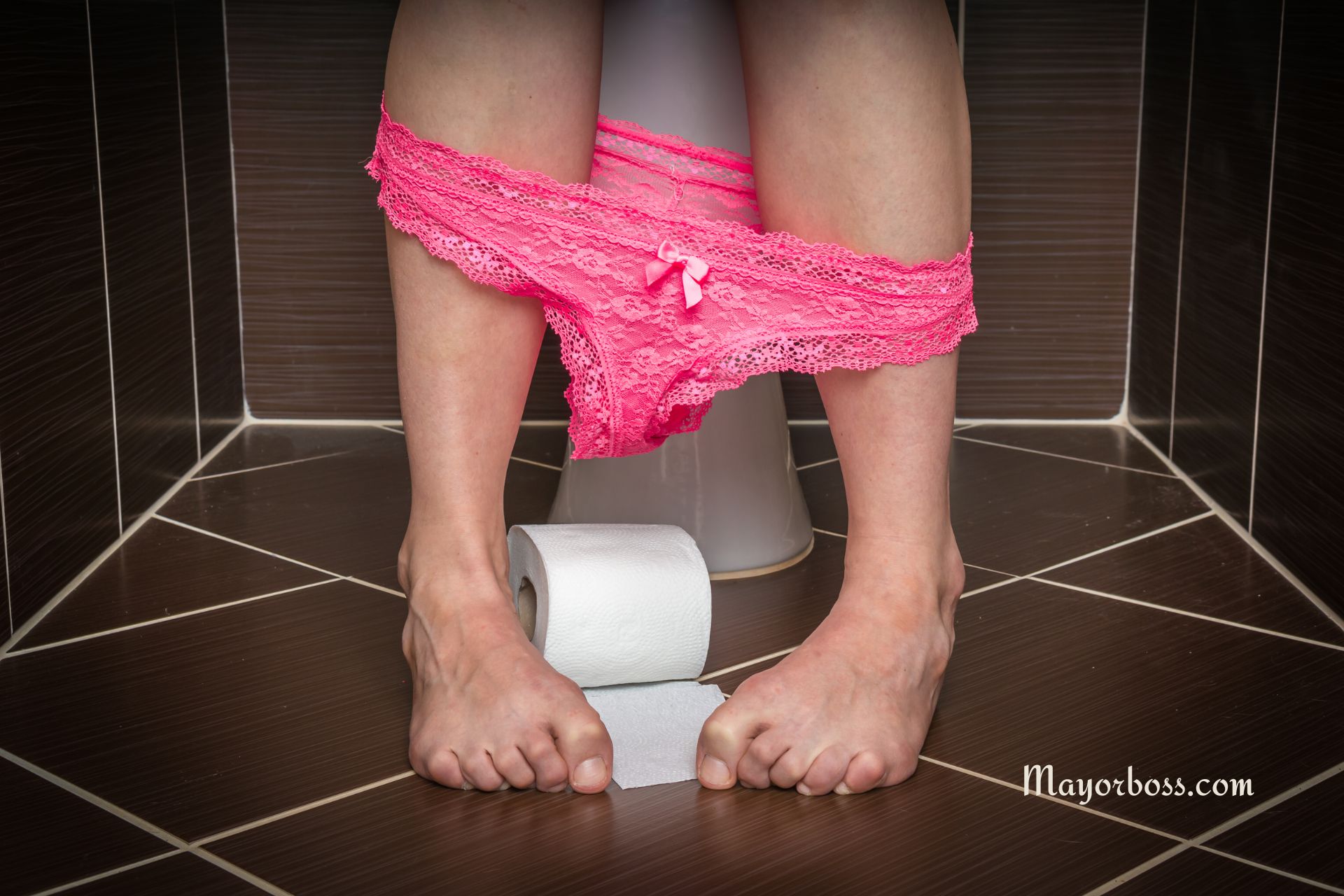Is Your Pee Green? This Could Be Why…
Have you ever glanced down after using the bathroom and noticed that your pee is green? This might have taken you by surprise or even caused a bit of worry. Before you start panicking, it’s important to know that there are several reasons why your urine could turn this unusual color. In many cases, it’s not a sign of something serious, but understanding the potential causes can help you decide if you need to see a doctor.

What Makes Urine Turn Green?
Urine typically ranges in color from pale yellow to deep amber, depending on your hydration level and what you’ve consumed. However, certain factors can cause it to turn green, including:
Food and Drink
The most common and harmless reason for green urine is consuming foods, drinks, or supplements with certain dyes or colorings. For instance, eating a lot of asparagus or foods with artificial green coloring can change the color of your pee. Similarly, some medications and multivitamins contain dyes that can tint your urine.
Medications
Certain medications can cause green urine as a side effect. For example, the anesthetic propofol and some antidepressants are known for this. If you start a new medication and notice a change in your urine color, check the list of side effects or talk to your pharmacist or doctor.
Medical Conditions
In rare cases, green urine can indicate a medical condition. A urinary tract infection (UTI) can sometimes cause pee to appear green, especially if caused by specific bacteria that produce a pigment. Another condition, called familial hypercalcemia (or blue diaper syndrome), can make urine turn blue or green due to a high calcium level, but this is very rare and usually diagnosed in infancy.
Dehydration
While dehydration typically makes urine appear darker or more amber, in some cases, it can also contribute to a greenish tint, especially if you’re consuming foods or supplements that affect the color.
When Should You Be Concerned?
Generally, if your urine is green due to food, drink, or medication, it should return to its normal color within a day or two once the substance has fully passed through your system. However, if the green color persists for several days or if you experience other symptoms like pain, fever, or changes in urination, it’s a good idea to consult a healthcare professional. These could be signs of a UTI or another condition that may require treatment.
How Can You Prevent Green Urine?
To prevent your urine from turning green, pay attention to what you consume. If you notice a link between certain foods, drinks, or medications and the change in color, you might want to avoid them if the color change bothers you. Also, staying well-hydrated can help maintain the normal color of your urine.
Conclusion
In most cases, green urine is not a cause for alarm and can be traced back to something you ate or a medication you’re taking. However, if the color change is accompanied by other symptoms or persists, it’s wise to seek medical advice. Always remember that your body is constantly giving you signals, and it’s important to listen to what it’s trying to tell you.
Frequently Asked Questions
- Can vitamins change the color of my urine? Yes, some vitamins, especially those with high levels of B vitamins, can change the color of your urine to a bright or neon yellow or greenish hue.
- Should I stop taking my medication if my urine turns green? You should not stop taking any prescribed medication without first consulting your doctor, even if you notice changes in your urine color. Your healthcare provider can provide guidance on how to manage side effects or whether a medication change is necessary.
- How long does it take for the urine to return to its normal color after eating certain foods? The time it takes for your urine to return to its normal color can vary depending on your metabolism, hydration level, and how much of the food or dye you consume. Typically, it should return to normal within 24 to 48 hours after you stop consuming the item that caused the change.
